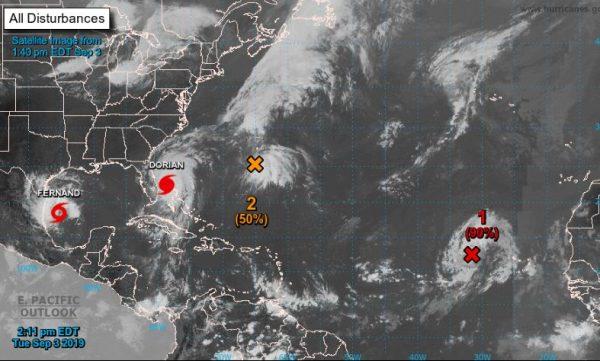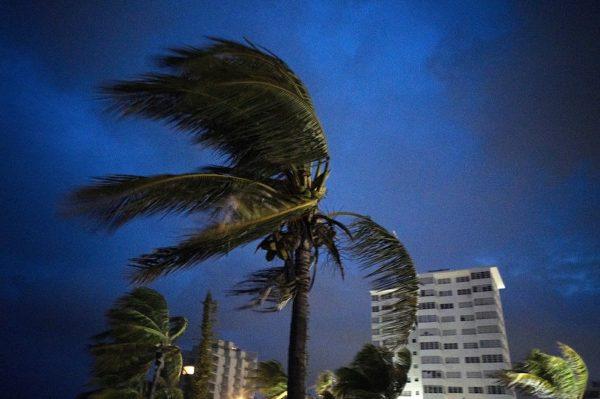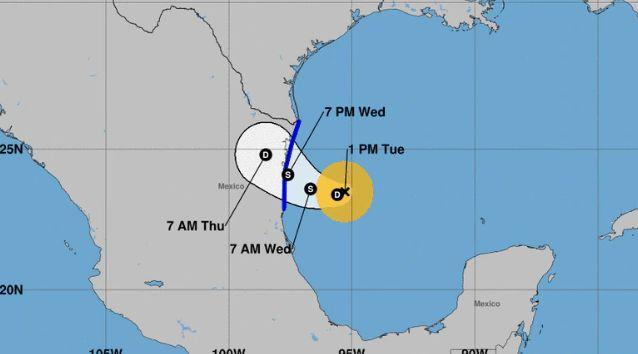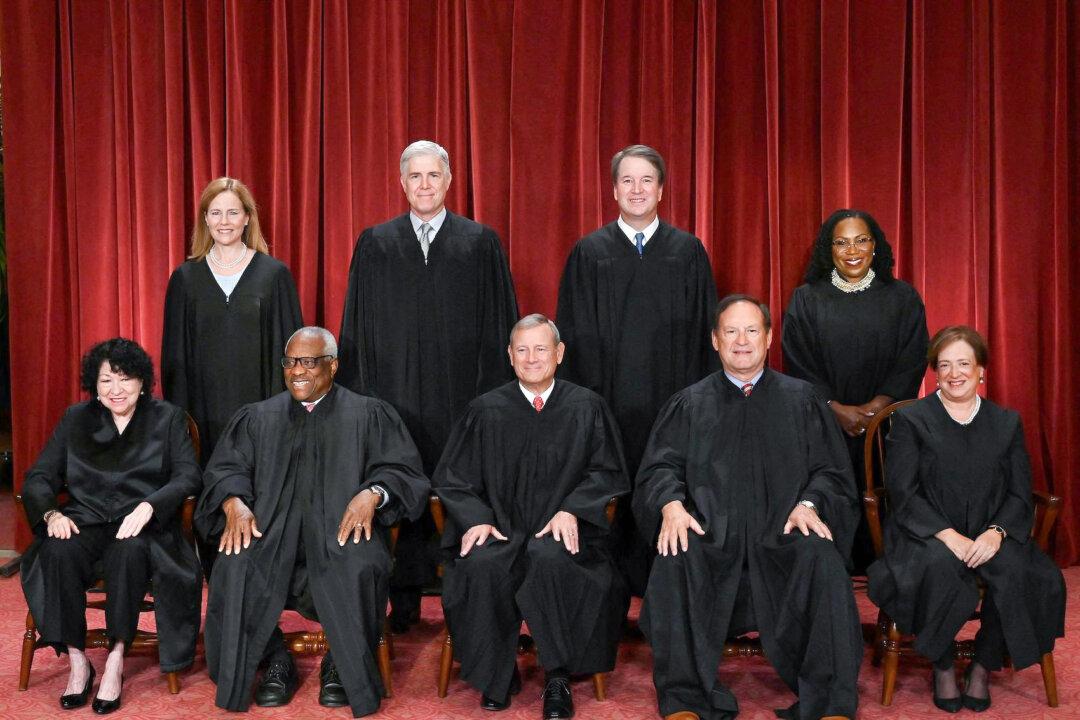Tropical Storm Fernand has formed in the Gulf of Mexico as Hurricane Dorian continues to lash the Bahamas, highlighting the notion that early September seems to be the peak for the Atlantic hurricane season.
The storm is moving west at 7 mph.

“The Government of Mexico has issued a Tropical Storm Warning for the northeast coast of Mexico from La Pesca to Barra del Tordo and from Barra El Mezquital to the Mouth of the Rio Grande River,” the agency said, adding that the center of Fernand’s center could be near or over the coast of northeastern Mexico by late Wednesday.
It’s expected to drop 6 to 12 inches of rain with isolated areas getting 15 inches of rain. The NHC said this could cause mudslides and flash flooding.
Meanwhile, there is a tropical disturbance several hundred miles west of the Cabo Verde Islands. There is a 90 percent chance of a tropical depression forming over the next 48 hours.
Several hundred miles south of Bermuda, meanwhile, “showers and thunderstorms associated with a trough of low pressure, located several hundred miles south of Bermuda were showing some signs of organization,” the agency said. “Development of this disturbance is possible during the next couple of days while it moves northward. Interests in Bermuda should monitor the progress of this system. Periods of heavy rainfall are likely to impact Bermuda.”
And a tropical wave is forecast to develop between Africa and the Cabo Verde Islands. Over five days, the formation of a tropical depression is 70 percent favorable.

The peak of the season is usually from mid-August until late October.






Friends Read Free